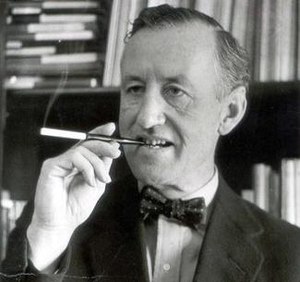
Scenic writing animates some of the most moving, satisfying, sophisticated works of literature as I teach in my Seattle writing classes and other writing classes. It quickly brings readers into the story because it helps create a world, a world that you the writer have inhabited and can share with the reader through words. Scenes present a visual, sensual dimension the reader can inhabit, a kind of imaginary garden with real toads, whether that’s the world of the astronaut program of Tom Wolfe’s The Right Stuff, the landscapes of the American South in Flannery O’Connor’s stories or the hard-bitten, humorous Irish Catholic childhood of memoirist Frank McCourt’s Angela’s Ashes. As I describe in my Seattle writing classes, Stimulus-Response scenes create a cause and effect relationship, adding pace and direction to the narrative.
How do you accomplish this? Read on.
1) SETTING THE SCENE
- a) OPENING SENTENCE: Find a sentence that creates suspense and foreshadows what will happen. This makes clear to the reader that information in summary lead is important and needs to be read. In William Stafford’s memoir Down in my Heart, he uses the opening line, “When are men dangerous?” which accomplishes this perfectly.
- b) SETTING DETAILS: Provide details that suggest what will happen in scene. These should be chosen for their inherent interest, color and humor and for what they illustrate about main point of story. For instance, in Down in My Heart, Stafford includes details like “loafing around in the Sabbath calm.” These details help set the scene, and also create suspense. Readers suspect that something will soon shatter this tranquility. The best scenic details do double duty, both painting a picture and creating suspense.
- c) SCENE GOAL: After sketching in the scene and briefly introducing the main characters, the writer makes a transition to the action. This transition is crucial, often spelling out the main character’s goal in the scene. What does the main character want? Will he get what he wants? Will the other characters help or hinder him? What is the larger point of the scene? Why should the reader care?
2) DESCRIBE ACTION
Use Stimulus-Response to organize the action from beginning to end. The stimulus should be external, an action or a dialogue. The psychological response should follow directly from the stimulus. This response should lead immediately to another stimulus, back and forth, like a ping-pong match, until the action of the scene is finished.
3) CONCLUSION
What happened in the scene and what does it mean? For more, please consider signing up for my Seattle writing classes, online writing classes or travel writing classes.
 The Writer's Workshop
The Writer's Workshop 











